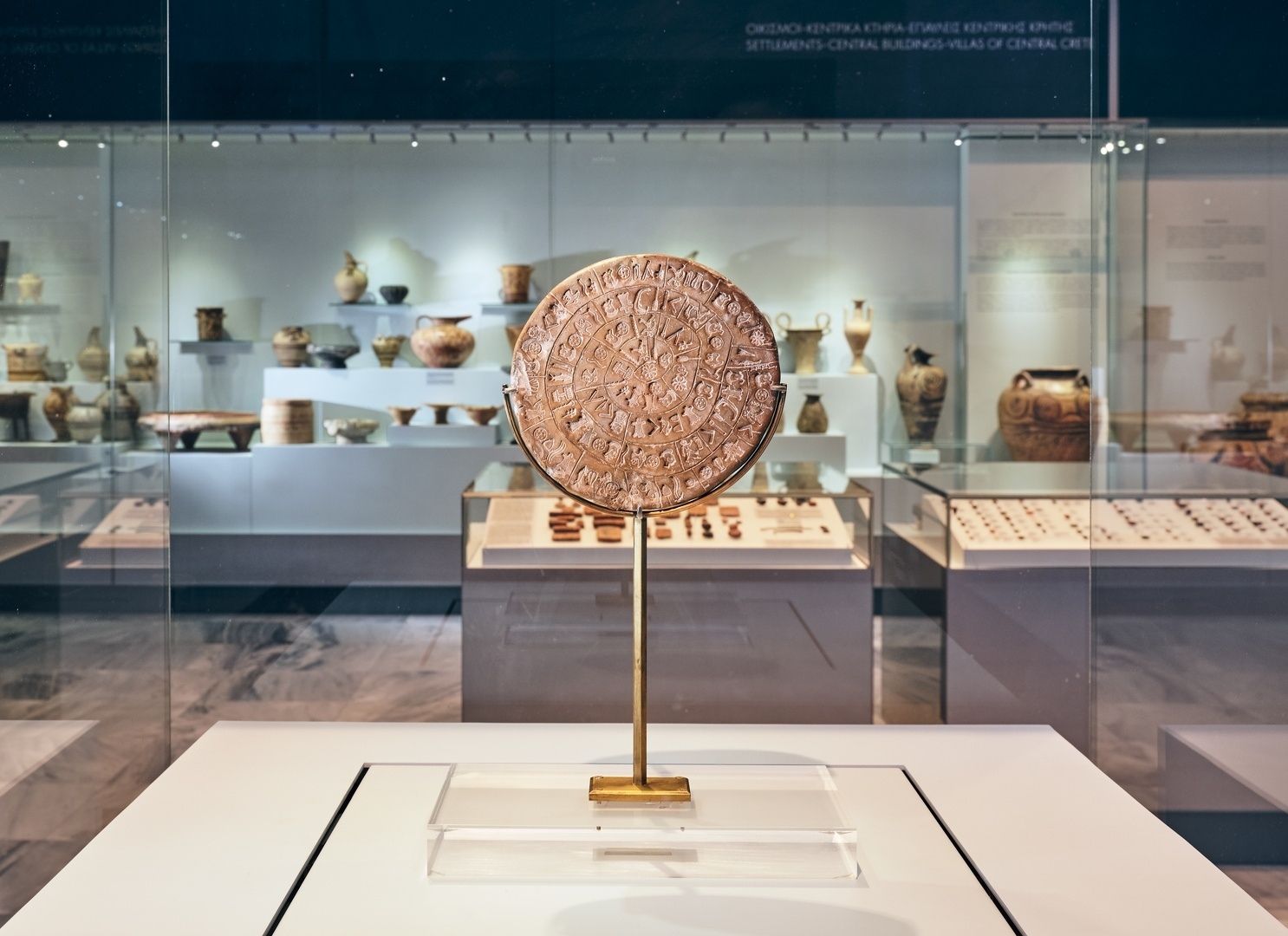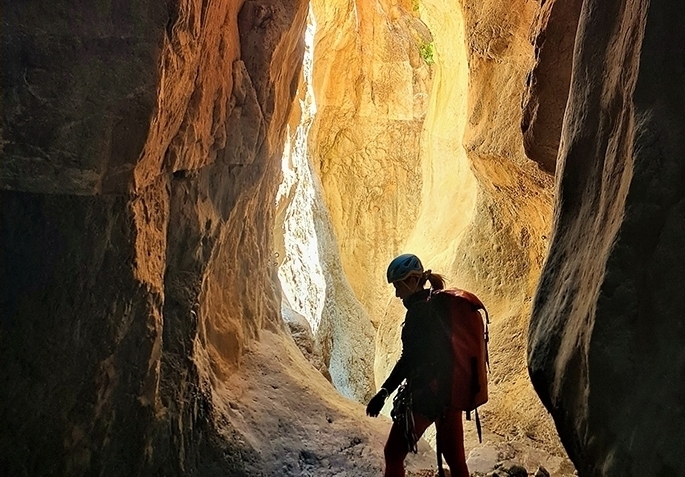Lobster
Learn How It Uses Its Antennae!

The lobster (Palinurus elephas) is easily recognized by its long antennae, which often protrude from rock crevices where it hides during the day. At night, it climbs onto the rocks.
Highly agile thanks to its ten walking legs, it can walk and climb anywhere. Its long antennae are raised for intimidation, but their main function is to explore the environment and communicate with other lobsters.
To feed, it does not use large claws like other crustaceans but relies on its smaller maxillipeds, located near its mouth. These function like jaws, allowing the lobster to break open the shells of sea urchins and mollusks and tear its food into pieces.
Lobsters, like all crustaceans, grow in size through molting. Since their hard exoskeleton acts as a "suit of armor" that cannot expand, they must shed their old shell when they outgrow it and form a new, larger exoskeleton.
Photo: By Theano Dandari
The lobster can be observed in the tanks at the Aquarium of Crete.



































